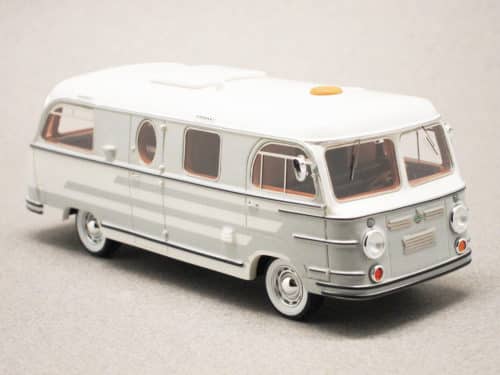Categories
- Uncategorized
- Brands
- Aspark
- Abarth
- AC
- ACMAT
- Acura
- Adler
- AEC
- Aero
- Aero Flite
- Aerocar
- AGF Serval
- Airstream
- Aiways
- Alamagny
- ALCA
- Aleko
- Alfa Romeo
- Allard
- Alpina
- Alpine
- Alvis
- AMC
- AMG
- Amilcar
- Amphicar
- Anadol
- Armstrong Siddeley
- Arnolt
- ARO
- Artz
- Aston Martin
- Auburn
- Audi
- Aurus
- Austin
- Austin-Healey
- Auto-Union
- Autobianchi
- Avia
- AWZ
- Babich
- Barkas
- Barnard
- BB
- Bedford
- Bentley
- Berkeley
- Berliet
- Bertone
- Beutler
- Bianco
- Bitter
- Bizzarrini
- BMW
- Borgward
- Bosley
- Brabus
- Brasier
- Brasinca
- Bristol
- Brütsch
- Buckle
- Bugatti
- Bugre
- Buick
- Burney
- Büssing
- Cadillac
- Caterham
- CG
- Chausson
- Checker
- Chenard & Walcker
- Chevrolet
- Chevrolet Corvette
- Chrysler
- Cisitalia
- Citeria
- Citroën in 1:18 scale
- Citroën in 1:43 scale
- Commer
- Cord
- Costin Nathan
- Covington
- Cuningham
- Dacia
- DAF
- Daihatsu
- Daimler
- Dangel
- Datsun
- DB
- De Lorean
- De Tomaso
- Delage
- Delahaye
- Denzel
- DeSoto
- Devon
- Diamond Reo
- Diamond T
- Dixi
- DKW
- Dodge
- Dome
- Donkervoort
- DS
- Dual-Ghia
- Dubonnet
- Duesenberg
- Edsel
- EMW
- Enzmann
- Excalibur
- Facel Vega
- Ferrari-en
- Fiat
- Fleetwood Enterprises
- Ford
- Freightliner
- Friedrich Rometsch
- FSO
- Fuji
- Fuso
- GAC Motor
- Gatso
- GAZ
- Ghia
- Gillet
- Ginetta
- Glas
- Glasspar
- GM
- GMC
- Goggomobil
- Goliath
- Gomolzig
- Gordon
- Gordon-Keeble
- Graham-Paige
- Gumpert
- Gutbrod
- Hanomag
- Hansa
- Hénon
- Henry J
- Henschel
- Hewson
- Hillman
- Hispano-Suiza
- Holden
- Hommell
- Honda
- Hong Qi
- Horch
- Hotchkiss
- Hudson
- Humber
- Hummer
- Hunt
- Hymer
- Hyundai
- IFA
- Ikarus
- Imperial
- IMZ
- Infiniti
- Innocenti
- Intermeccanica
- International
- Invicta
- Irisbus
- Irmscher
- Isdera
- Iso
- Isotta Fraschini
- Isuzu
- Iveco
- Jaguar
- Jamos
- Jeep
- Jensen
- Jowett
- Kahlbacher
- Kaiser
- Kalmar
- Kamaz
- Kamm
- Kenworth
- KIA
- KIM
- Koenigsegg
- Kohlruss
- KrAZ
- Krupp
- KTM
- Kurtis
- Lada
- Lagonda
- Lamborghini
- Lancia
- Land Rover
- Lanz
- LaSalle
- Laurin & Klement
- Lea-Francis
- Leichtbau
- Leningrad
- Lexus
- Leyat
- Lightburn
- Ligier
- Lincoln
- Lloyd
- LMX Sirex
- Lotus
- LTI
- LuAZ
- Lynx
- Lysell
- Mack
- Magirus
- Maico
- MAN
- Manic
- Manta Ray
- Marathon
- Marussia
- Maserati
- Mathis
- Matra
- Matra-Simca
- Maybach
- Mazda
- McLaren
- McQuay-Norris
- Melkus
- Mercedes in 1:18 scale
- Mercedes in 1:43 scale
- Mercer
- Mercury
- Messerschmitt
- MG
- Mikrus
- Mini
- Mismaque
- Mitsubishi
- Mitsuoka
- Mohs Motor Car
- MOL
- Monica
- Monteverdi
- Moretti
- Morgan
- Morris
- Moskvich
- Multicar
- Murena Motors
- Nardi
- Nash
- Neckar
- Neoplan
- Nissan
- Norman Timbs
- NSU
- Oldsmobile
- Oltcit
- OM
- Opel
- OSCA
- Packard
- Pagani
- Panhard
- Panther
- Peerless
- Pegaso
- Persu
- Peterbilt 352 H (IXO) 1:43
- Petermax Müller
- Peugeot in 1:18 scale
- Peugeot in 1:43 scale
- Phänomen
- Phantom
- Piaggio
- Pierce-Arrow
- Pininfarina
- Playboy
- Plymouth
- Polestar
- Polski-Fiat
- Pontiac
- Porsche in 1:18 scale
- Porsche in 1:43 scale
- Porsche in 1:87 scale
- Praga
- Puma
- Rambler
- Ramses
- Rapid
- Reliant
- Renault in 1:18 scale
- Renault in 1:43 scale
- Reyonnah
- Riley
- Robur
- Rochet – Schneider
- Rolls-Royce
- Rosengart
- Rover
- RUF
- Ruhrfahrzeugbau
- Saab
- Sabra
- Sachsenring
- Salmson
- Saurer
- Saviem
- SC Johnson Wax
- Scania
- Schlörwagen
- Scion
- Seagrave
- Seat
- Setra
- SFM
- Shanghai
- Shelby
- Shelter
- Siata
- Simca
- Simson
- Singer
- Sinpar
- Skoda
- Smart
- Smeal
- SMZ
- Spyker
- Steyr-Puch
- Stout
- Stratos
- Studebaker
- Stutz
- Subaru
- Sud-Aviation
- Sunbeam
- Suzuki
- Syrena
- Talbot
- Tarpan
- Tata
- Tatra
- Tesla
- Thunderbolt
- Thurner
- Toyopet
- Toyota
- Trabant
- Triumph
- Triver
- Troll
- Tucker
- TVR
- Uaz
- UNIC
- Unimog
- Vanden Plas
- Vauxhall
- Vector
- Velam
- Vemac
- Venturi
- Veritas
- Voisin
- Volkswagen
- Volugrafo
- Volvo
- Walter
- Wanderer
- Ward LaFrance
- Warszawa
- Wartburg
- White Company
- Wiesmann
- Wikov
- Willème
- Willys
- Wolseley
- Yamaha
- Yugo
- Zagato
- Zastava
- Zaz
- Zil
- ZIS
- Zündapp
- Zunder
- Cars
- Commercial vehicles
- Competition
- Advertising vehicles
- Concept cars
- Fire and Rescue
- Police cars
- Ambulances/Hearses
- JAPAN IMPORTS
- Buses
- Movies and TV series
- 1:18 SCALE SELECTION
- 1:64 scale selection
- 1:87 scale selection
- Tour de France
- Campers
- Helicopters
- Accessories
- All Citroën 2CVs!
- Manufacturer news
- Minicarweb selection
- Gift wrapping
- FLASH SALES
Manufacturers
Sales !
Useful information
Newsletter
Tags
Tags
Campers

Volkswagen T3a Joker Westfalia (Schuco) 1:43
The T3, released in 1979, was the last Transporter to receive a rear-wheel drive system and a rear-mounted engine. Like its predecessor, it is used as a utility vehicle, with many variants, as well as a minibus or a camper. This Joker version, prepared by Westfalia, is registered in Wolfsburg in Germany, the location of Volkswagen’s headquarters.
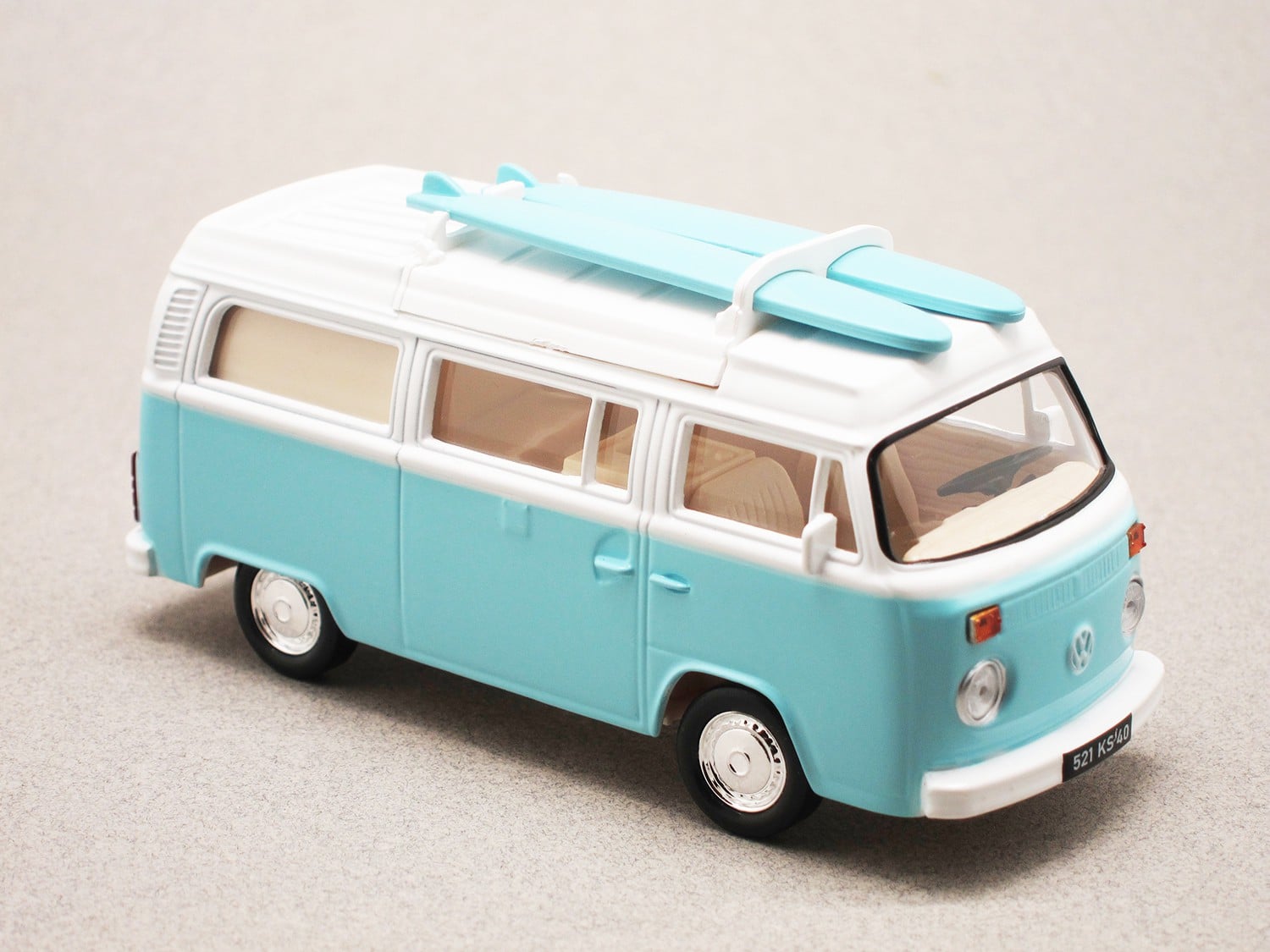
In stock
VW T2b Camper 1973 (Norev) 1:43
The famous Volkswagen Kombi, launched in 1950, shared its architecture with the Beetle (rear-wheel drive, rear-mounted engine). While keeping the same original design, the “Transporter” was updated over the years. This 1972 T2b, compared to the T2, receives stronger bumpers and turn signals located around the air inlets. Here we have a camper version.
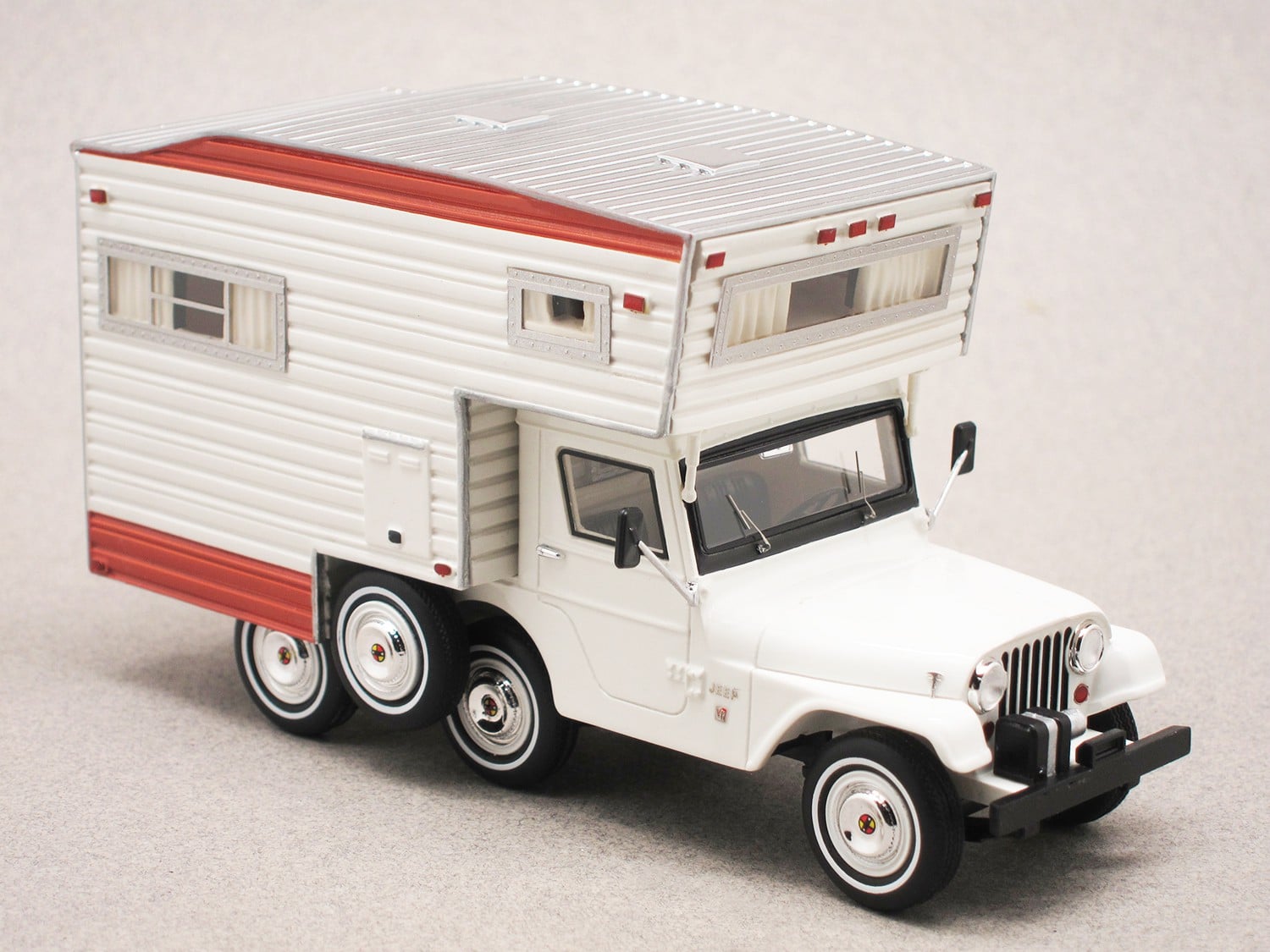
In stock
Jeep CJ-5 Universal Camper (Autocult) 1:43
Issue de la Willys utilisée par l’armée américaine pendant la seconde guerre mondiale, la Jeep CJ (“civilian Jeep”) débute en 1944. La CJ-5 succède à la CJ-3B en 1954 sans qu’il n’y ait jamais eu de CJ-4. En 1969, l’Américain Charles Prater lui greffe une remorque faisant office de camping-car, qui sera ensuite produite par Jeep, pendant quelques mois. 336 exemplaires en seront fabriqués.
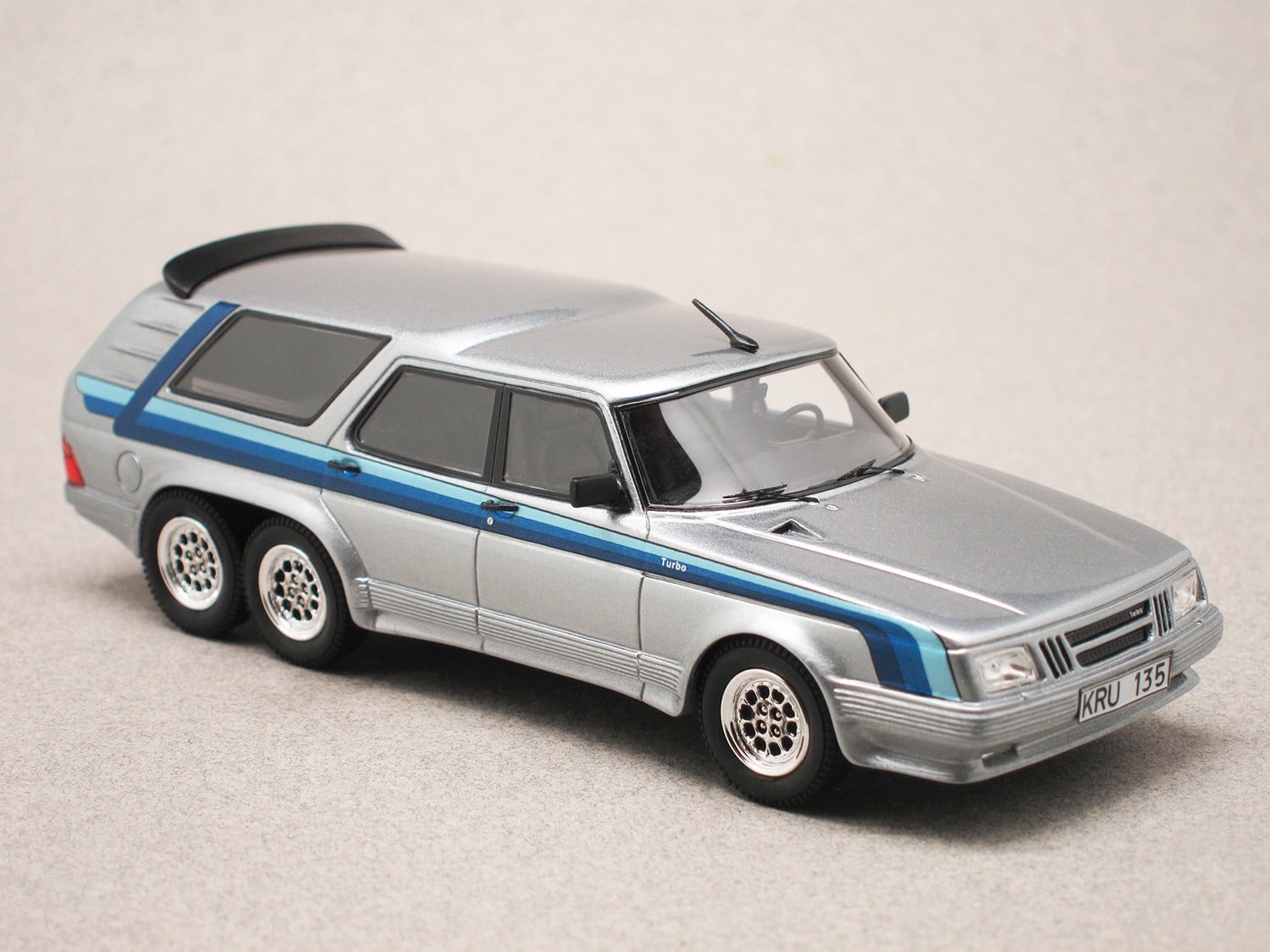
In stock
Saab 906 Turbo 1984 silver (Matrix) 1:43
This spectacular estate was designed in 1984 by a Swedish amateur coachbuilder, Leif Mellberg, based on a 1981 Saab 900. The model is widened by 18 cm/7 in and its length is increased to 5.30 m (209 in), to make it a 6-wheel multi purpose vehicle, equipped as a motorhome. It is here painted silver grey, as it was found in a junkyard years after having disappeared.
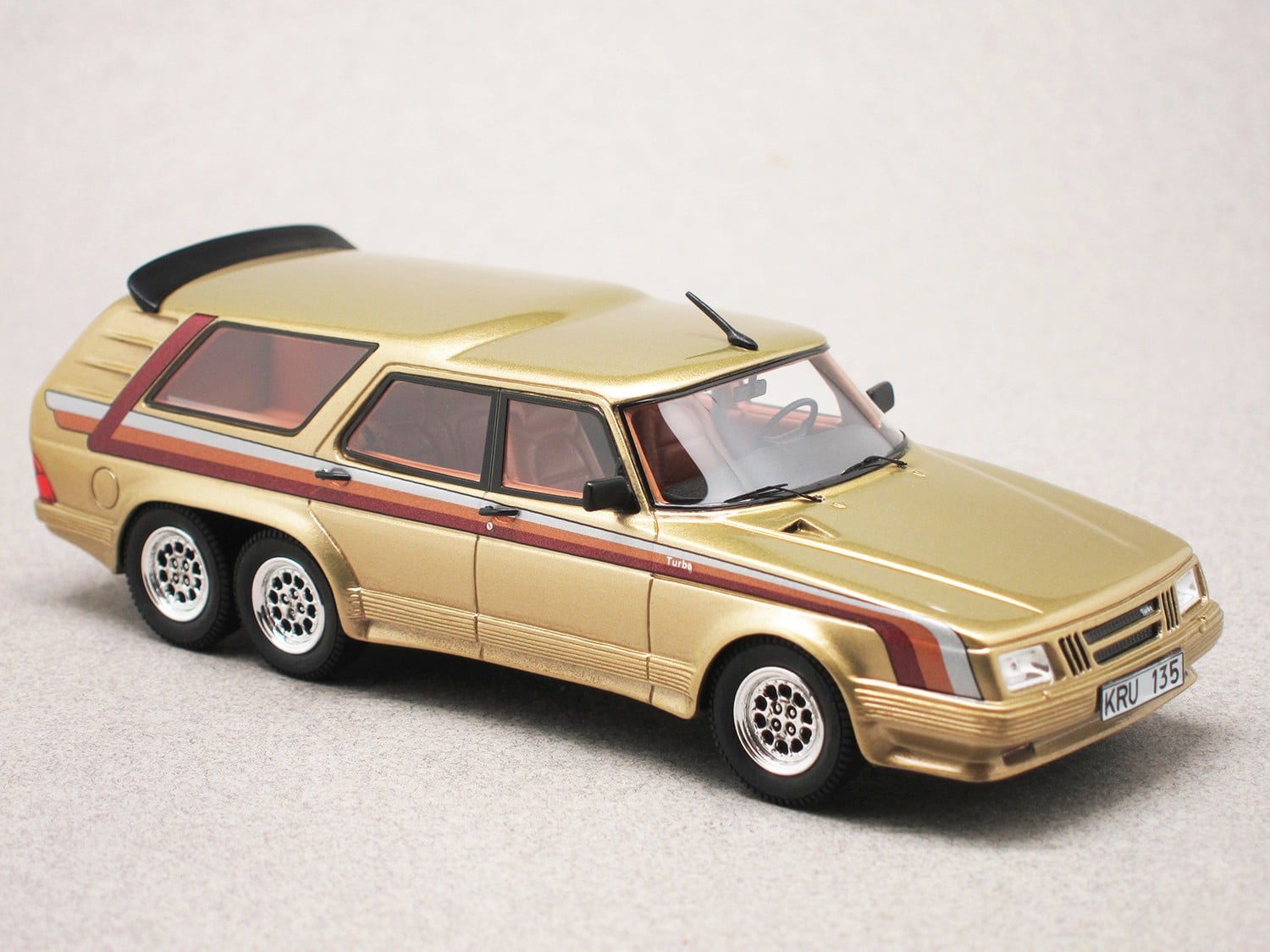
In stock
Saab 906 Turbo 1984 gold (Matrix) 1:43
This spectacular estate was designed in 1984 by a Swedish amateur coachbuilder, Leif Mellberg, based on a 1981 Saab 900. The model is widened by 18 cm/7 in and its length is increased to 5.30 m (209 in), to make it a 6-wheel multi purpose vehicle, equipped as a motorhome. It is here painted gold, its colour when unveiled in 1984.
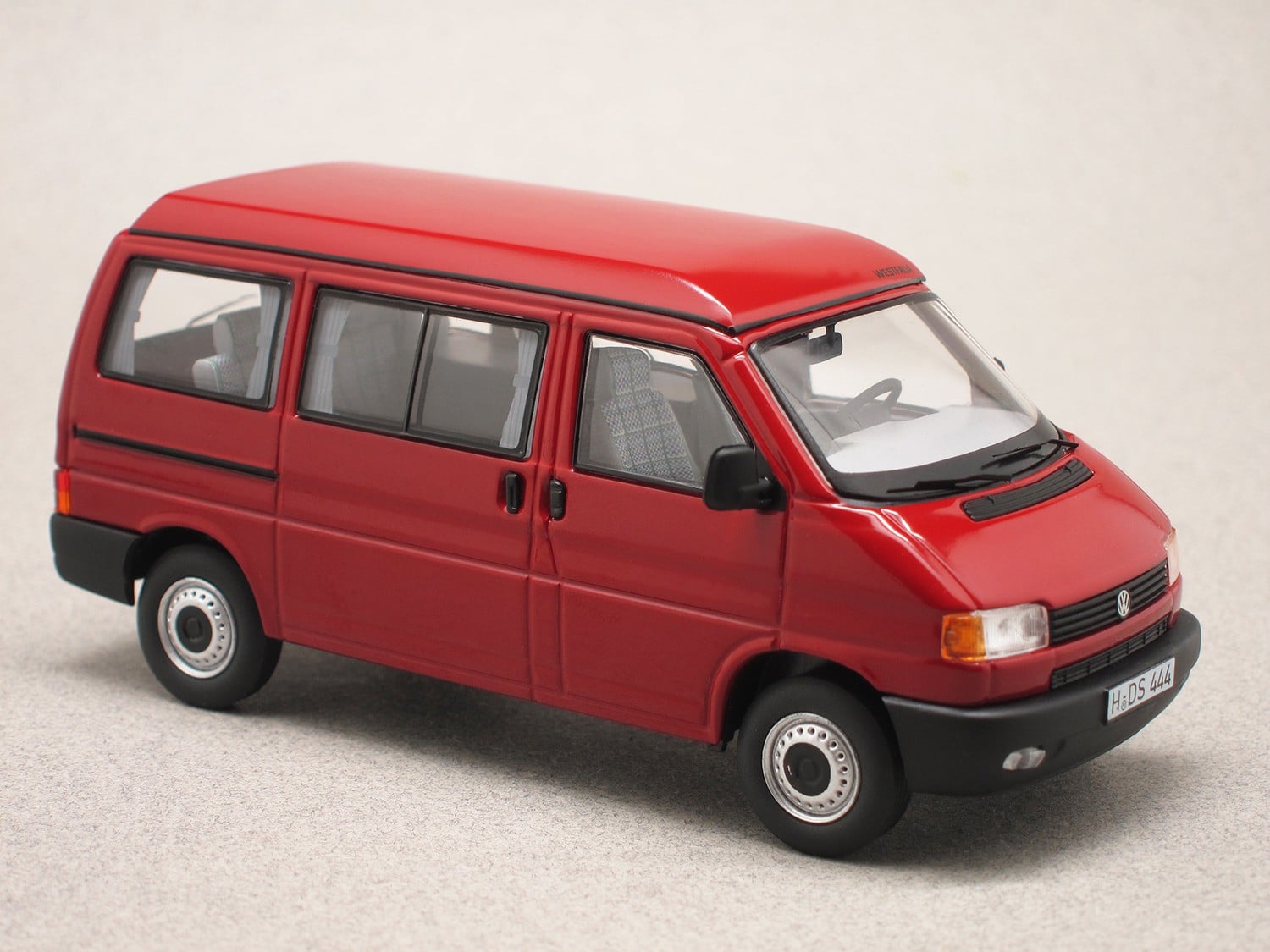
In stock
VW T4A California Westfalia (Schuco) 1:43
In 1990, the famous Volkswagen utility vehicle is fundamentally revised: its body is more modern, but it is not the most important. The initial architecture of the Beetle, rear-wheel drive and rear engine, is completely abandoned: the T4 becomes a front-wheel drive! Here we have the California camper version by Westfalia without a compartment over the cab.
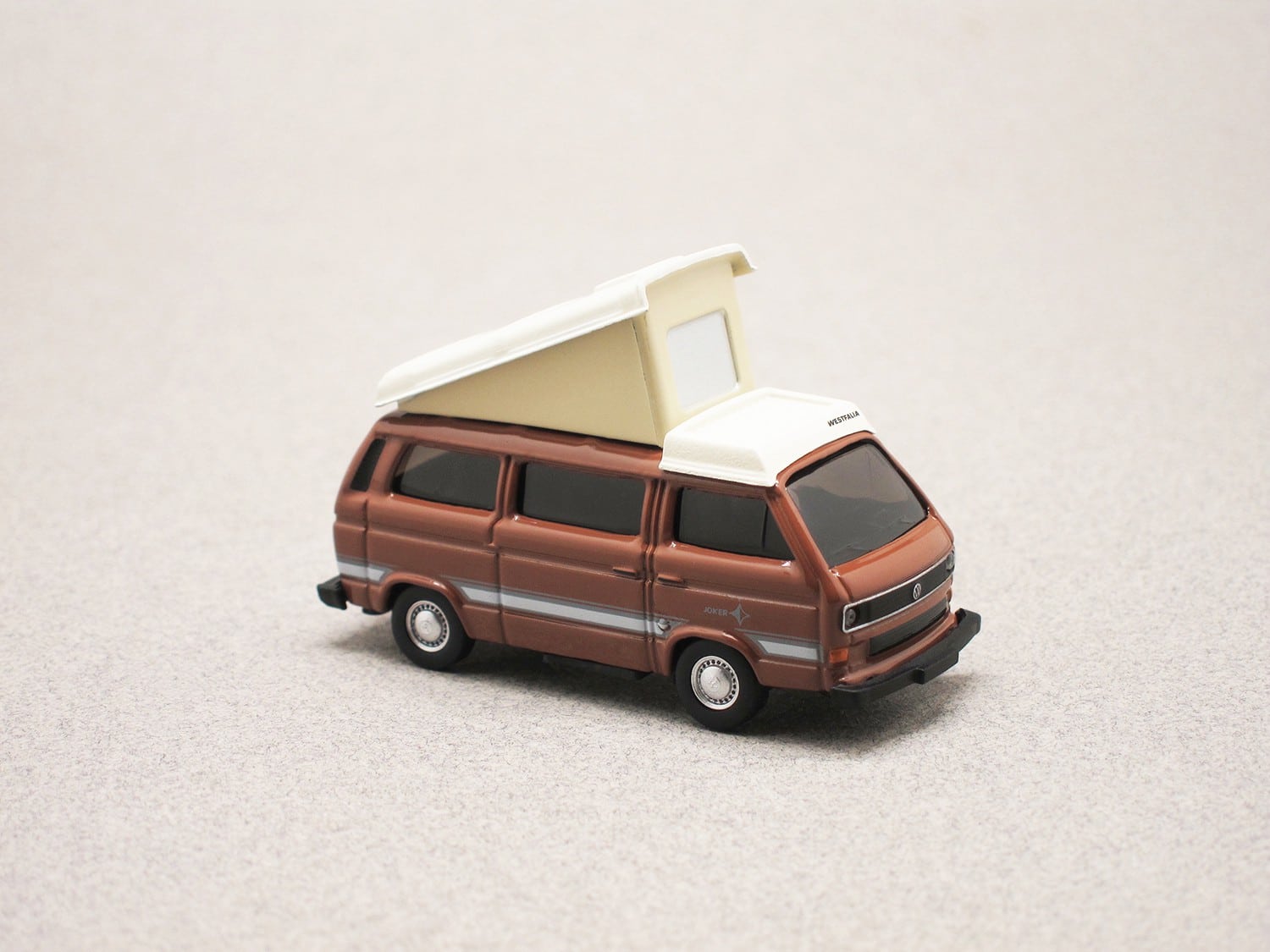
In stock
VW T3B Westfalia Joker (Schuco) 1:87
The last rear-engined Transporter, the T3, was released in 1979 and produced in Germany until 1992, when it gave way to a front-drive model. This T3 started with air-cooled engines and then, from 1983, with water-cooled engines, then receiving an additional grille at the front, which is visible here. This Joker camper is equipped by Westfalia.

In stock
VW T1C Camping Bus (Schuco) 1:87
The famous Volkswagen Transporter or Kombi, which shared its rear-mounted engine with the Beetle, was released in 1950. Its name is T1 because it is the first generation of this model, but also Type 2, since it is the second Volkswagen car after the Beetle. Schuco reproduces here the camper variant of the first-gen T1 (produced until 1967), one of the numerous derivatives of this model.
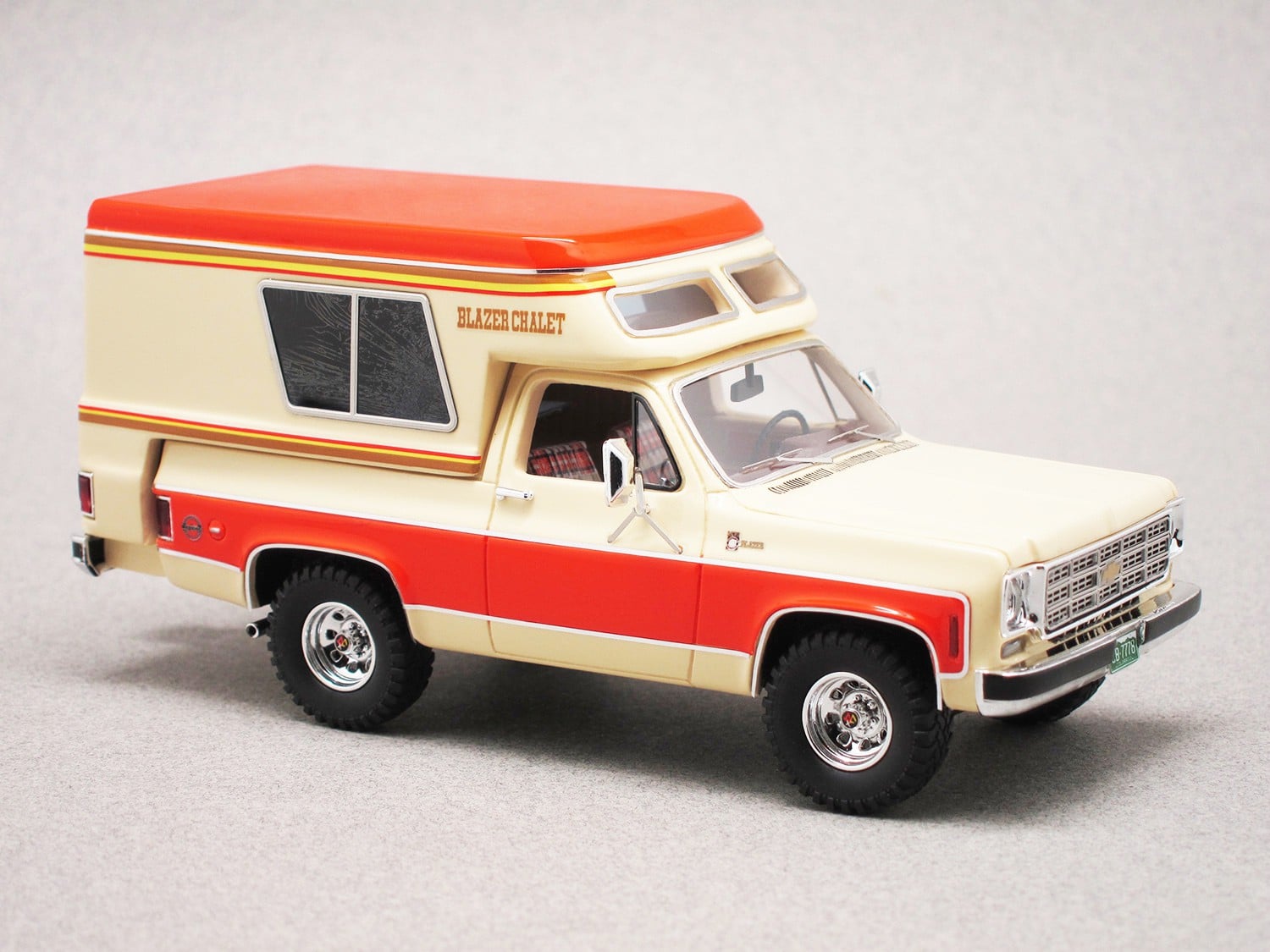
In stock
Chevrolet Blazer K5 Chalet 1976 (GIM) 1:43
The Blazer 4x4 joined the Chevrolet range in 1969, followed by a rear-wheel drive version from 1970. The second generation, released in 1973, is reproduced here. Between 1976 and 1977, Chevrolet converted the Blazer into a camper called Chalet. This version is rare, since it is estimated that only 1,700 to 1,800 units were sold.
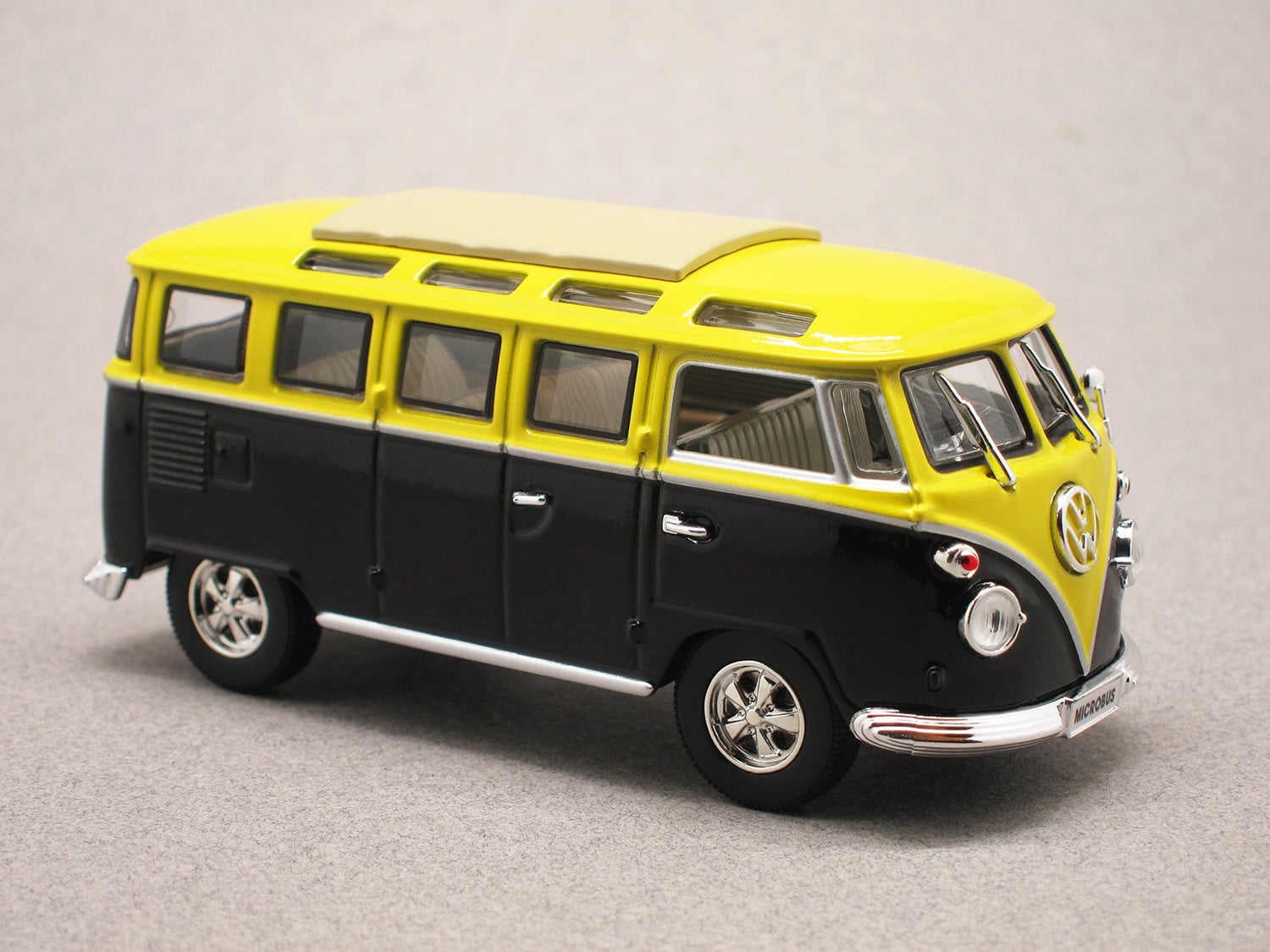
In stock
Volkswagen T1 Samba (Lucky Die Cast) 1:43
Launched in 1950, the famous T1 is the second Volkswagen model sold after the Beetle. This explains why its name is Type 2. But this first-generation Kombi is also retroactively called T1, to distinguish it from the updated versions that followed! Here we have the lovely minibus Samba, produced in 1951, with its 8 roof windows and its opening canvas roof.
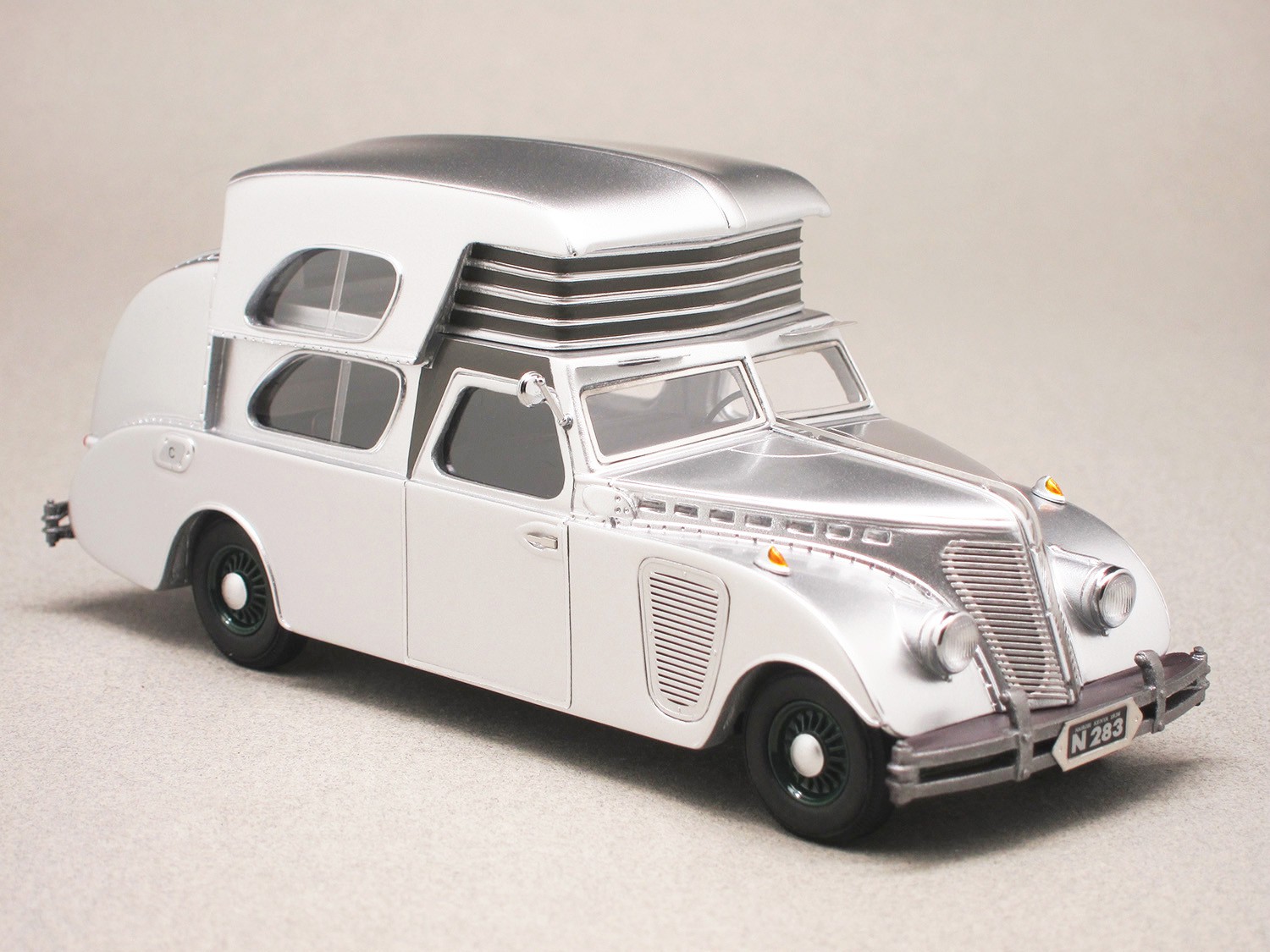
In stock
Thompson House car 1934 (Autocult) 1:43
Arthur Thompson, who lived in California, seems to lay the foundations of camper vans in 1934, with this House car. He imagines an aluminium structure placed on the bare frame of a Studebaker model, which can be raised, transforming a passenger car into a motorhome. Fewer than five models are supposed to have been built. Here, the House car is reproduced with the roof raised.
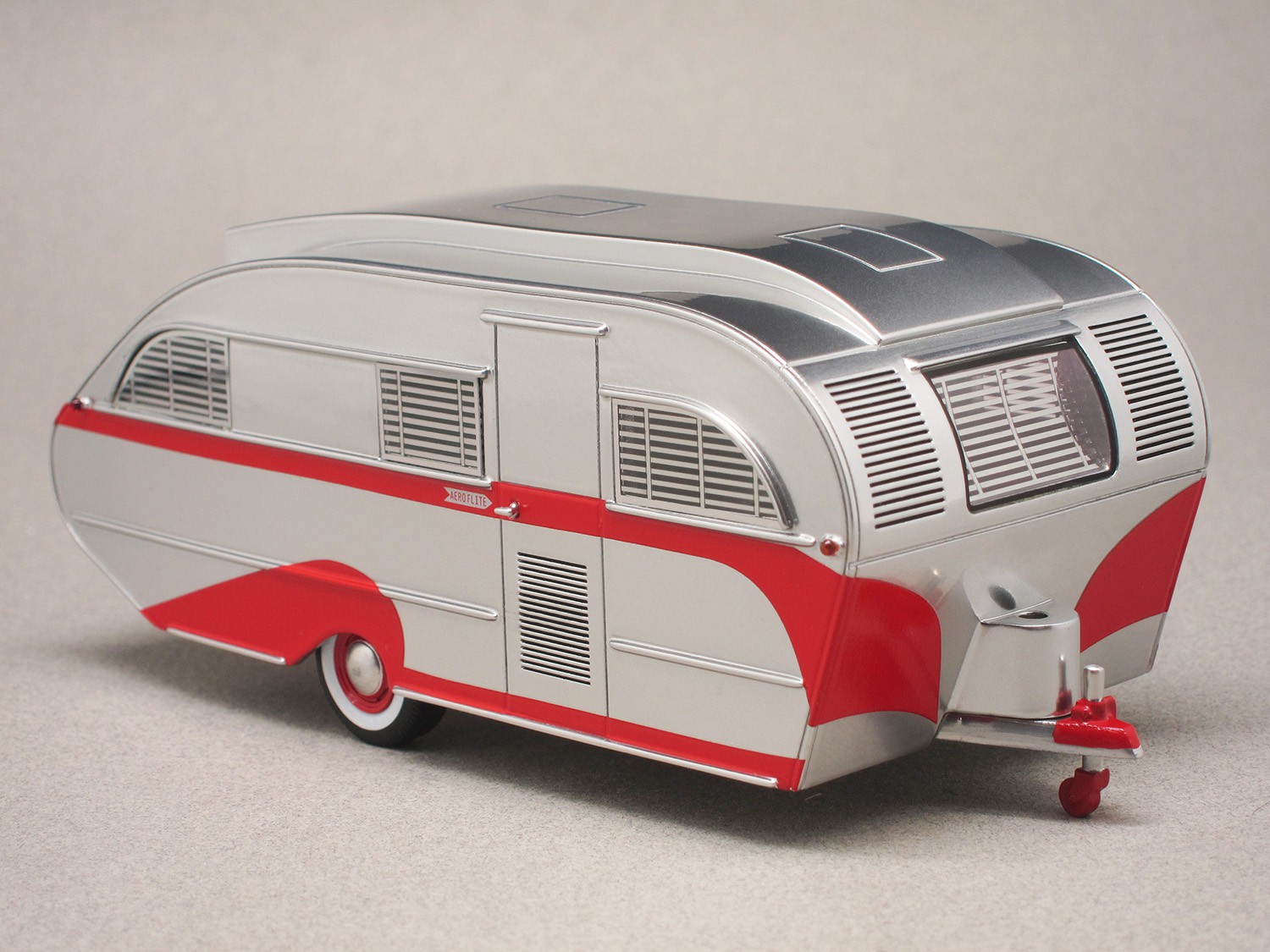
In stock
Aero Flite Falcon 1948 (NEO) 1:43
Aero Flite is a California company that manufactured camping trailers between 1945 and 1949. Designed by aircraft engineer Frederick C. Hoffman, these trailers were quite modern, bodied in aluminium, as evidenced by this 1948 Falcon. Out of the 120 trailers that Aero Flite manufactured, 25 are known to survive today.
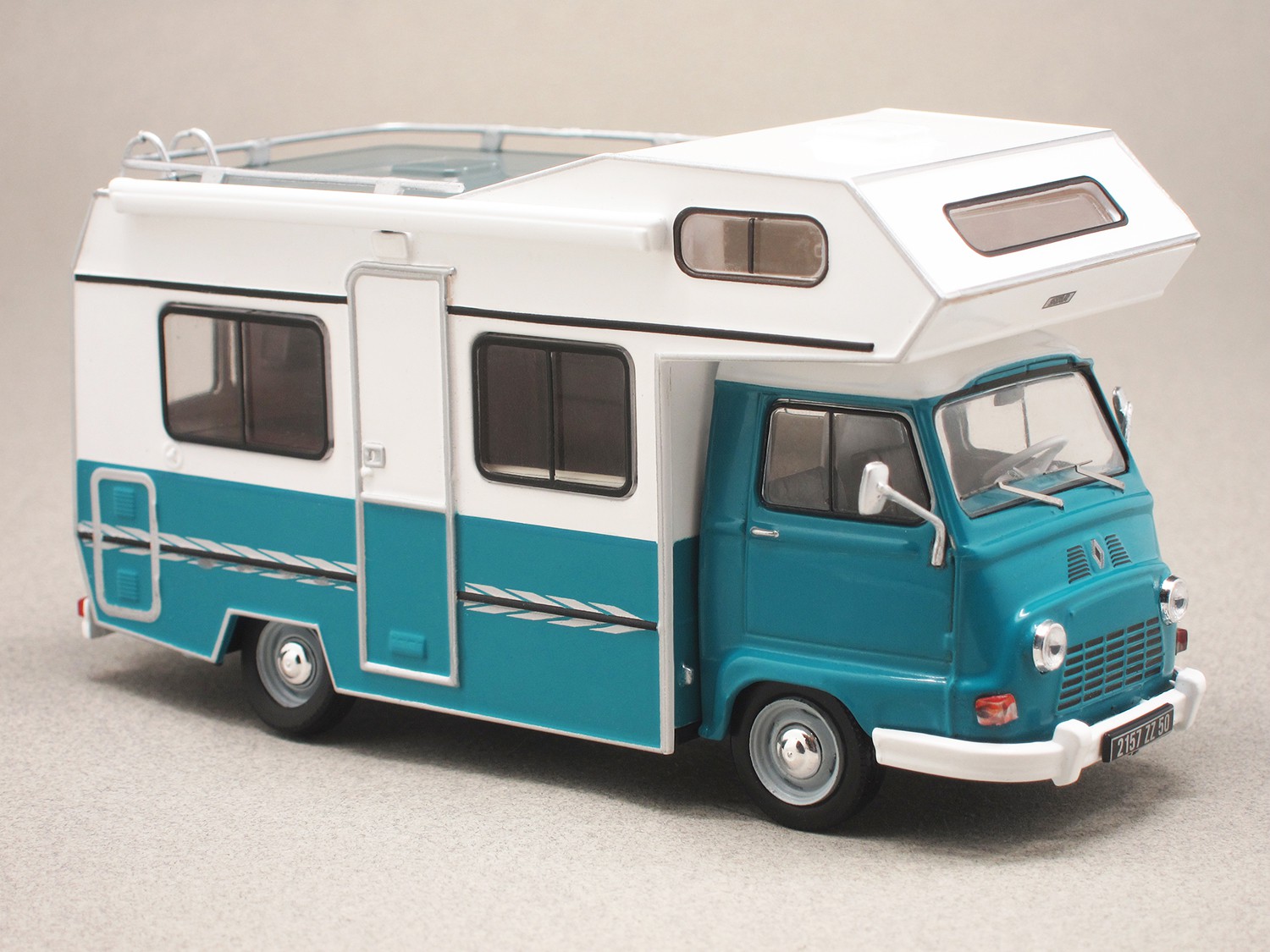
Renault Estafette Camper (IXO) 1:43
If the R4 is Renault’s first front wheel drive passenger car, in 1961, the Estafette is the first Renault model in history to receive a front-wheel drive system: its launch took place in 1959. This Estafette receives here an Autostar 350 over cab bed, dated 1979 and made by a caravan manufacturer called Star, which eventually specialised in campers in the mid-1980s.
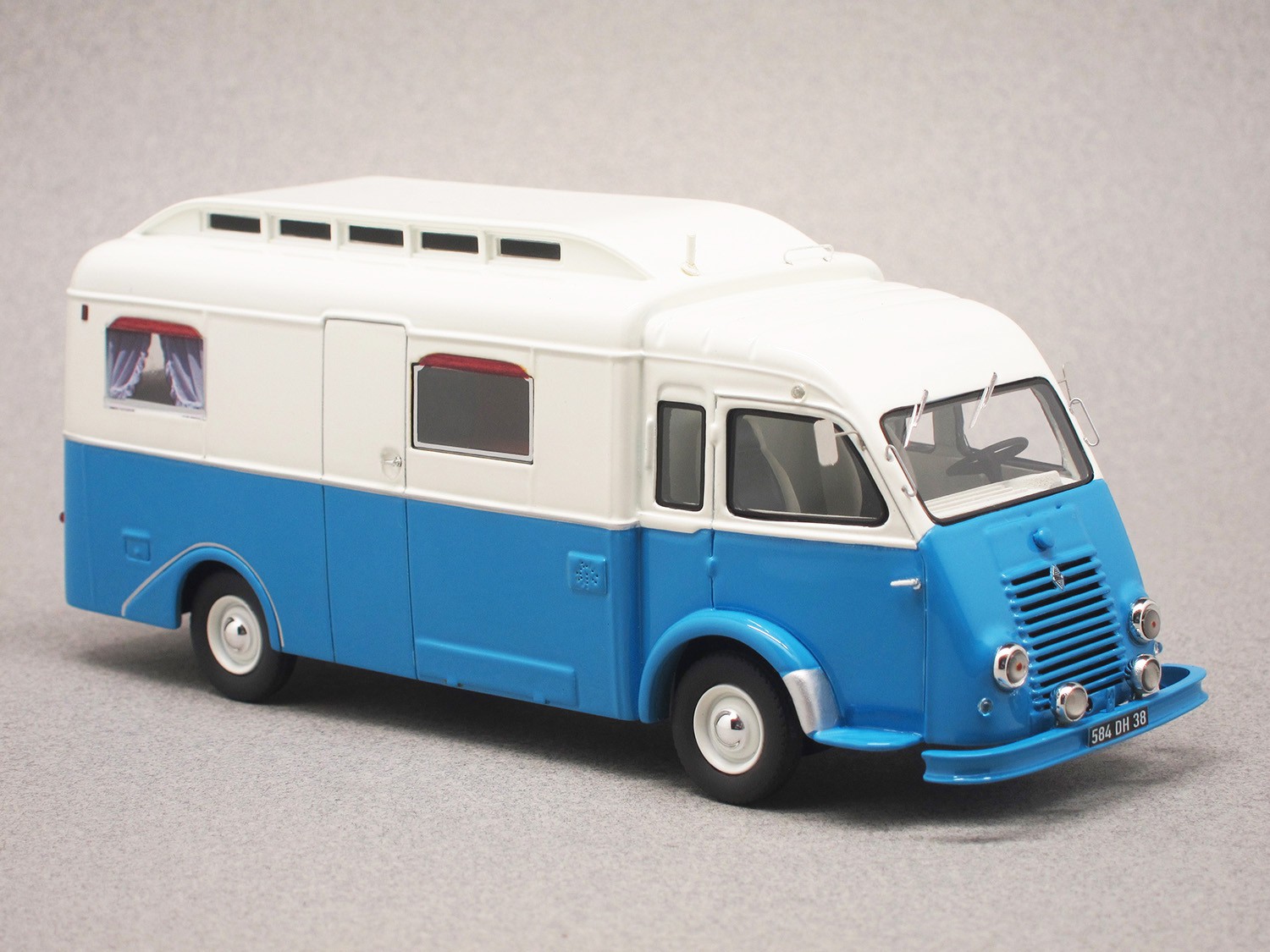
In stock
Renault 1400 kg Camper Notin (Perfex)
This Renault utility, produced from 1947 to 1965, was a competitor to the Citroën type H at the time. Commonly called "1000 kg", it was also available in 1400 kg variant from 1949 and then adopted real names in 1956: Voltigeur, Goélette, Galion. Here we have a 1951 1400 kg model year, which will become Goélette, transformed into a motorhome by the French company Notin, founded in 1921.
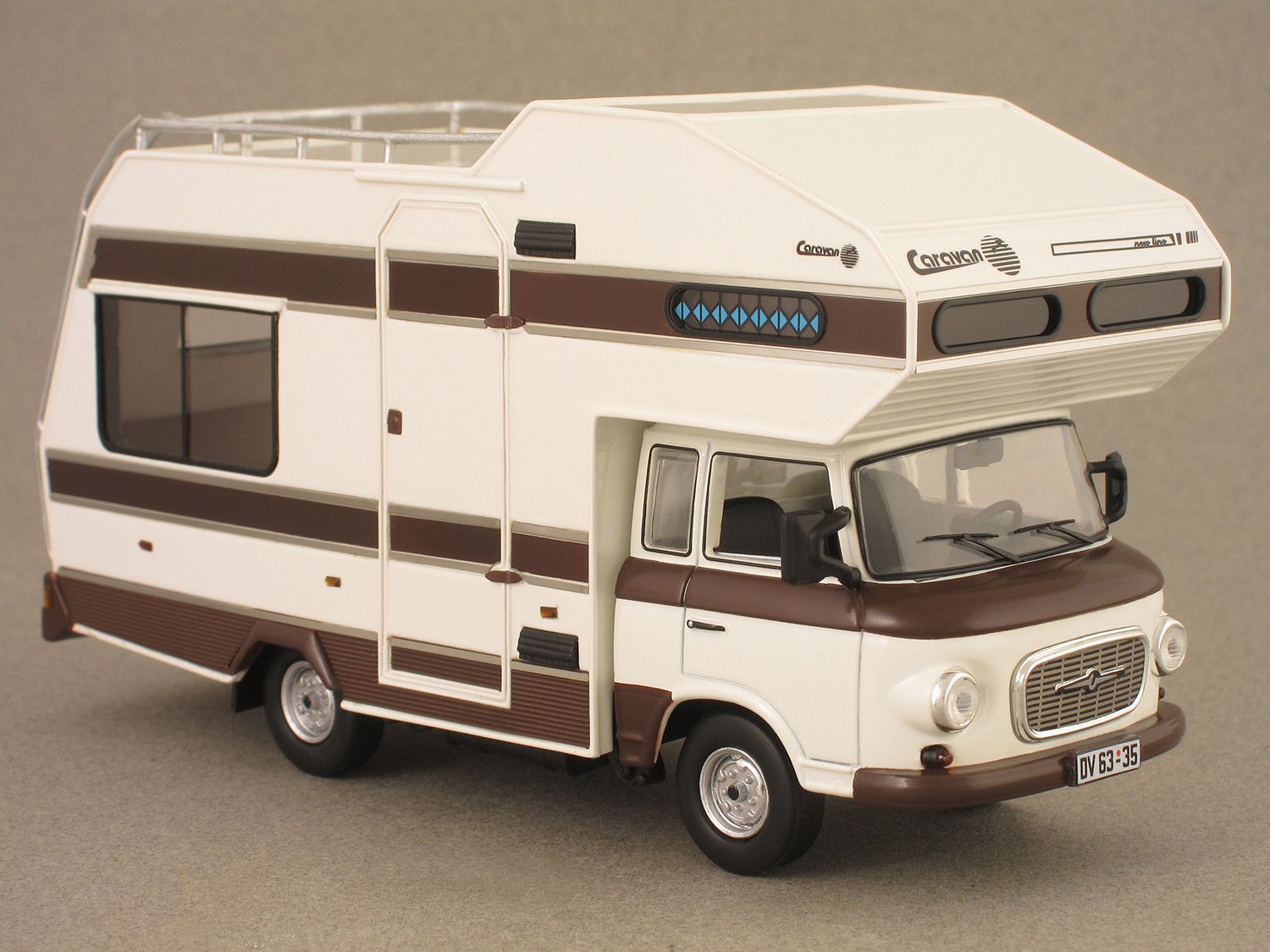
Barkas B1000 Camper brown (IST Models) 1:43
Much of the history of post-war Barkas, a brand from the German Democratic Republic (GDR), consists in the production of this small vehicle, the B1000. Available in van, pick-up, minibus and many other variants, it was produced almost without any changes from 1961 to 1991. This 1973 model year is a motorhome (wohnmobil). The brand “Caravan” built the living space and the amenities.

In stock
Mercedes L206D Orion camper blue (NEO) 1:43
This beautiful camper dated 1974 owes its nicely rounded shapes to the design imagined by the German company Orion, founded in the late 1950s. It is rather difficult to recognize what model is hidden behind: a Mercedes L206D, launched in 1970 (already reproduced by Premium ClassiXXs) and originally based on a Hanomag marketed from 1965.
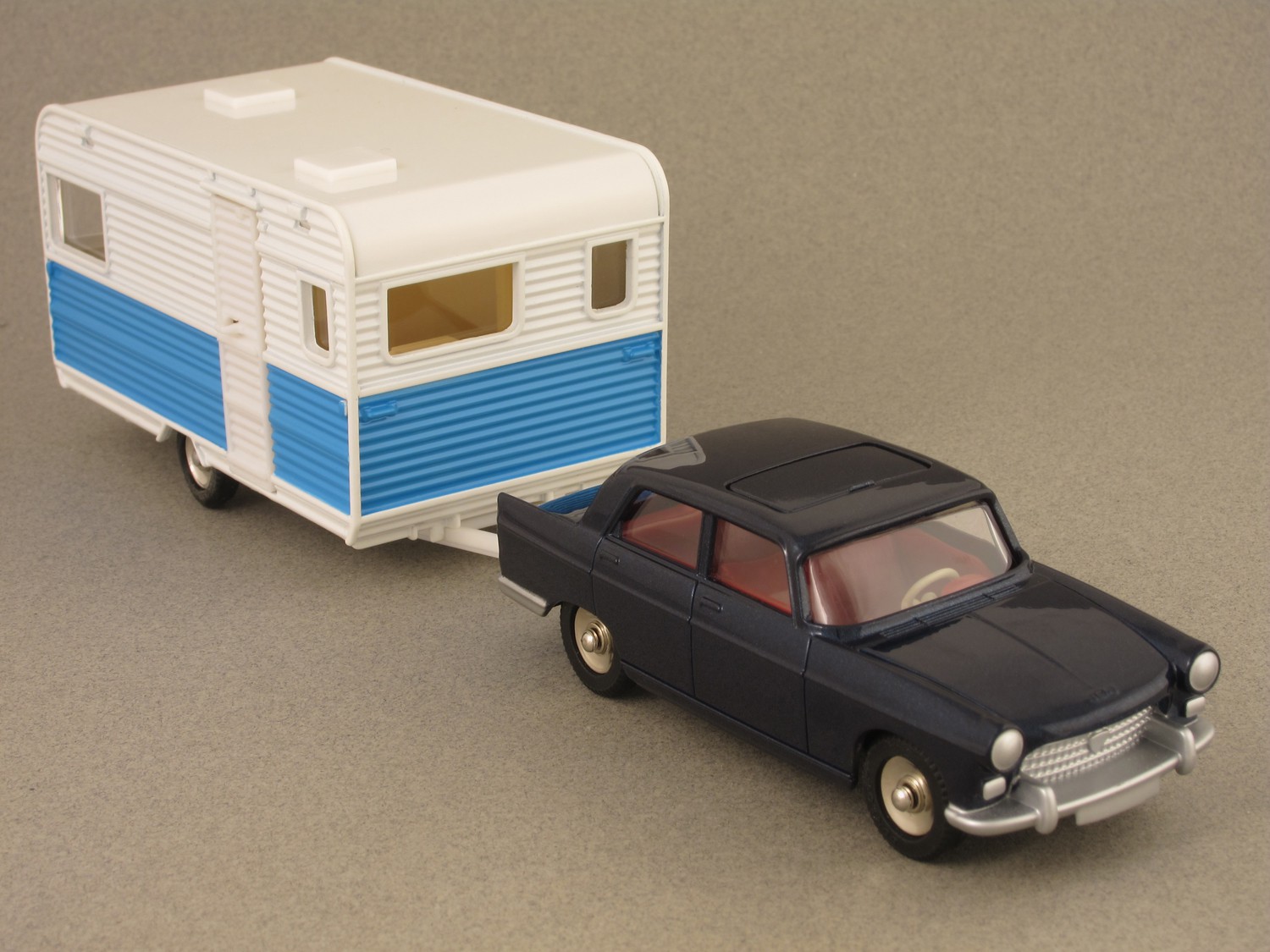
In stock
Peugeot 404 + trailer (CIJ) 1:43
The 404 was unveiled in spring 1960, to support the 403 launched just five years earlier. The range of the brand was still limited, but every time the models were successful. The next step was the 204 in 1965. Here the 404 tows an unidentified caravan. This diecast model is a CIJ, a brand that belongs to Norev, and is a re-release of a Dinky Toys of the time.
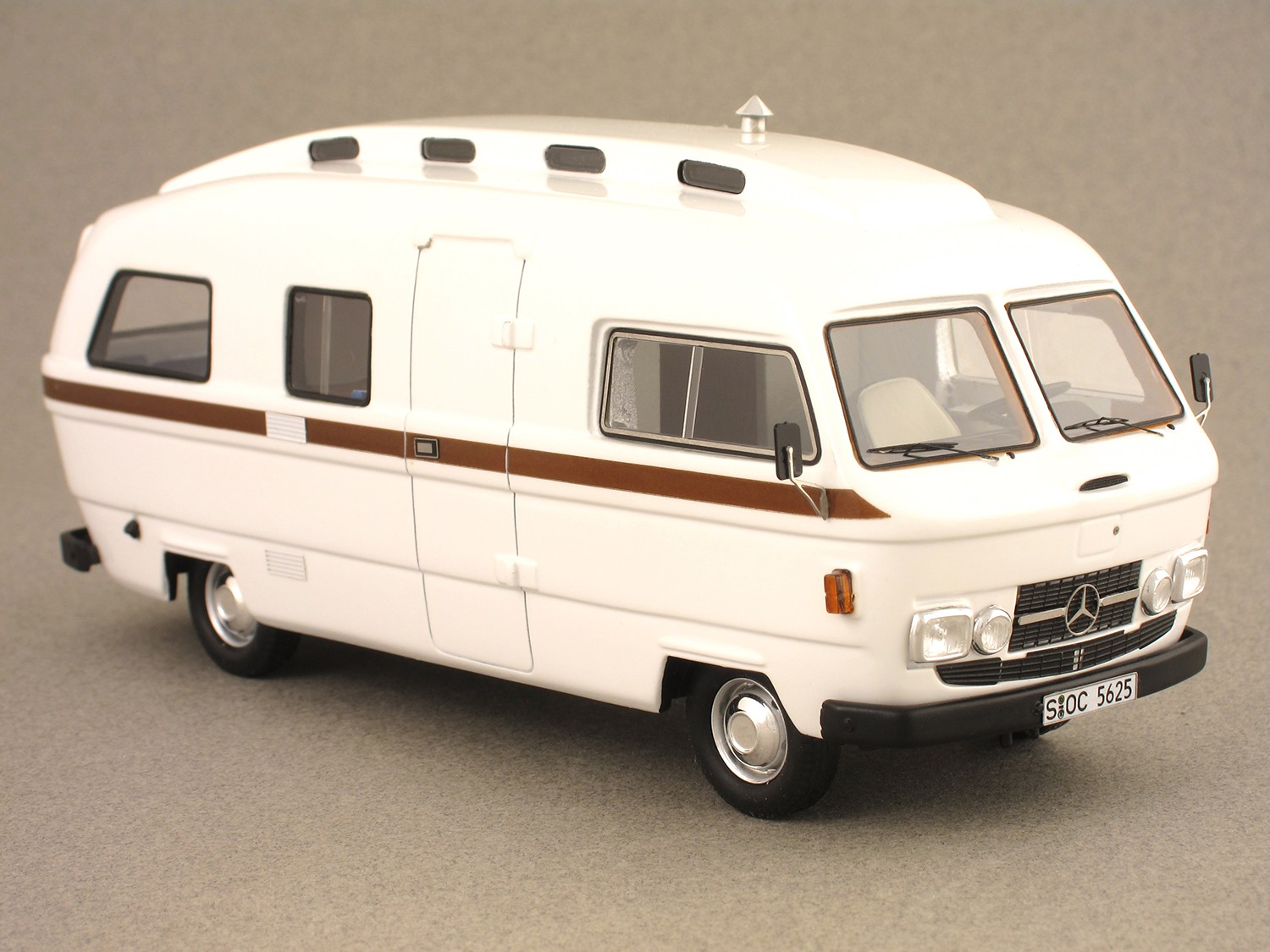
In stock
Mercedes L206D camper Orion (NEO) 1:43
This beautiful camper dated 1974 owes its nicely rounded shapes to the design imagined by the German company Orion, founded in the late 1950s. It is rather difficult to recognize what model is hidden behind: a Mercedes L206D, launched in 1970 (already reproduced by Premium ClassiXXs) and originally based on a Hanomag marketed from 1965.


